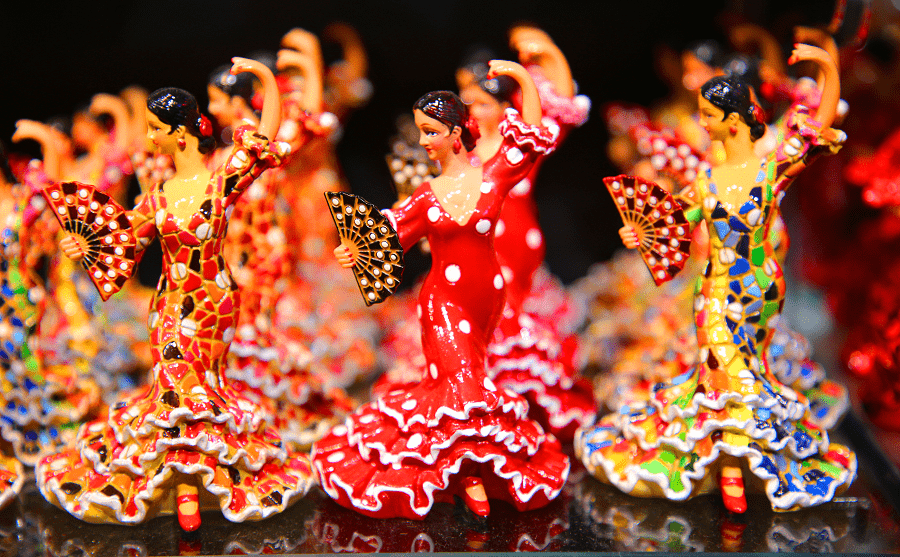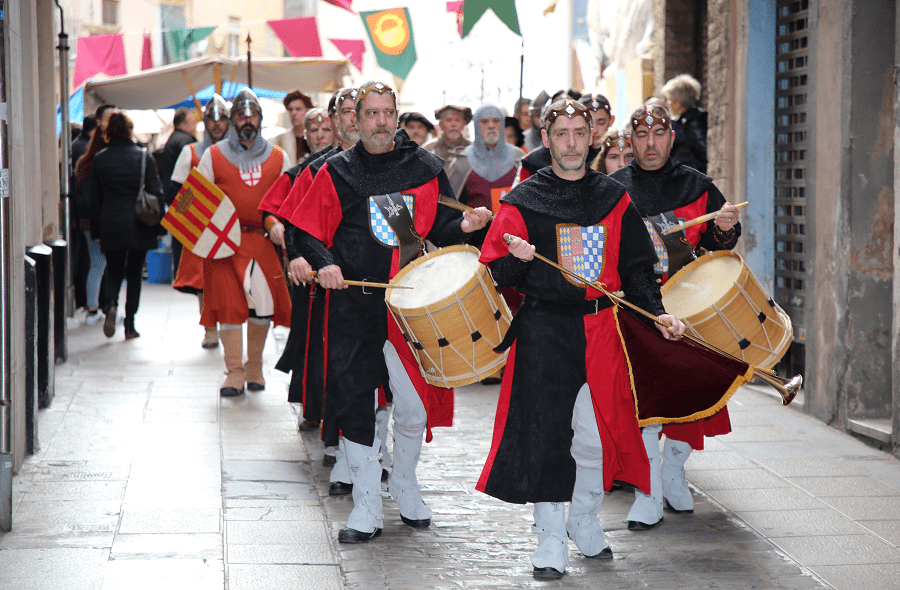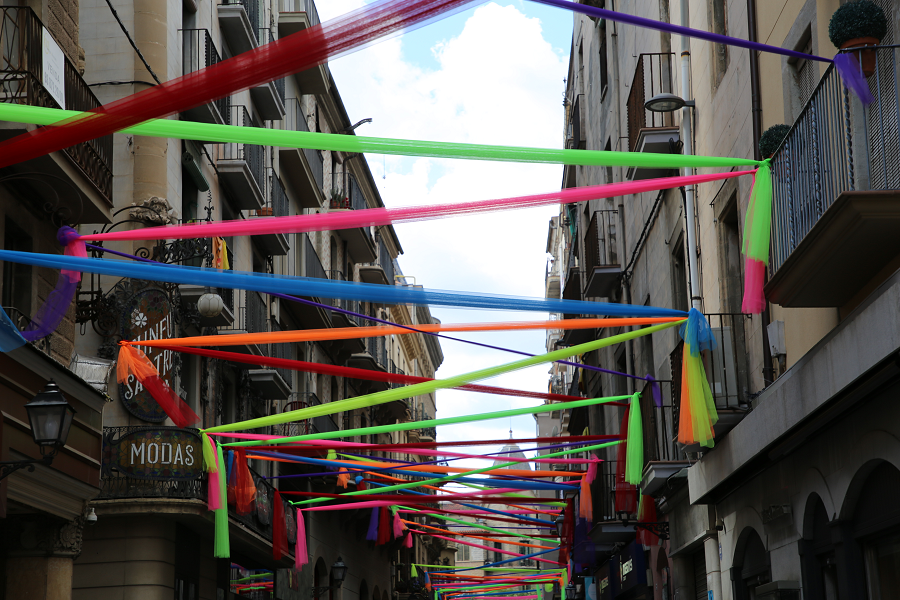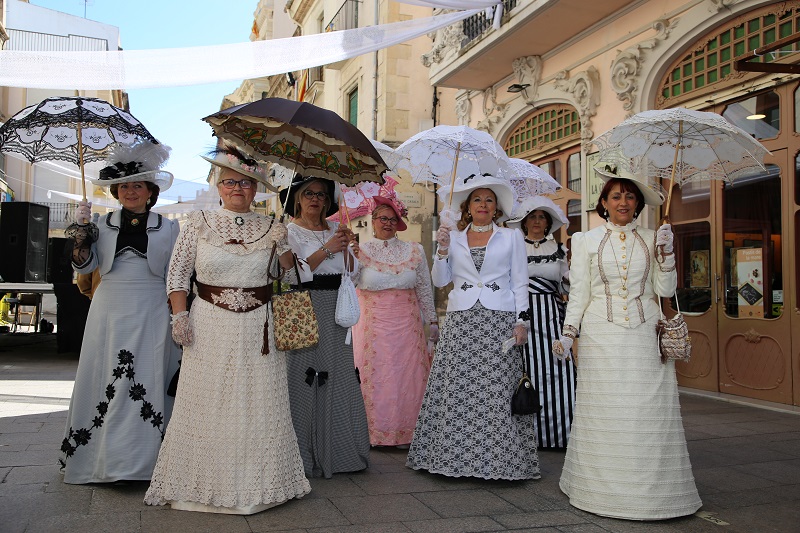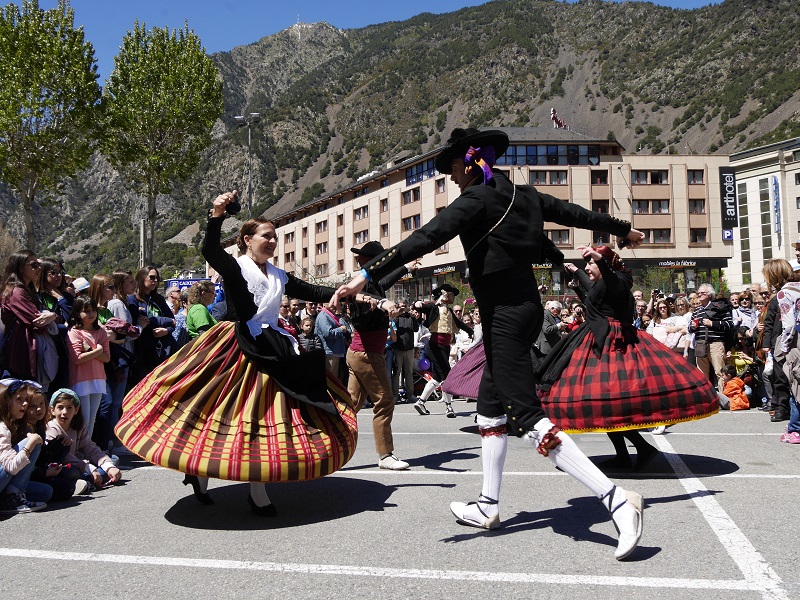Flamenco is a musical genre that developed in Andalusia (Spain) – particularly in the areas of Cádiz and its ports, San Fernando, Jerez de la Frontera (the place where the first written vestige of this art is found), Seville and the towns around it such as Lebrija and Utrera, Huelva, Granada and Córdoba, as well as in some areas of the Region of Murcia, Castilla-La Mancha, and Extremadura.
The main artistic facets are singing, playing, and dancing, with unique rhythms reflecting their own traditions and norms. Although there is controversy about its origin, a common opinion is that flamenco dates back to the 18th Century, yet no opinion can be historically verified.
Although the RAE dictionary associates it with Andalusian popular culture and the notable presence of the gypsy people there, the fusion of the different cultures that coincided in Andalusia at the time is more than perceptible. It is true that gypsies arrived in Spain in the 19th Century, and despite discriminatory restrictions and anti-gypsyism they managed to settle in Andalusia around the s. XVI-XVII , when flamenco began. Surely the gypsy culture brought from their pilgrimage to India converged with the native Andalusian sounds, giving rise to flamenco music.
Of all the hypotheses about its origin, the most widespread thesis is the one that exposes the diverse origin from the Castilian sung ballads to the music of the Moors or Sephardic music. The cultural mix of natives, Muslims, and Castilians residing during that time in Andalusia led to its creation. In fact, the seeds of this art already existed in the region of Andalusia long before the gypsies arrived – also taking into account that there were gypsies in other regions of Spain and Europe – but flamenco was only cultivated by those who were in Andalusia.
In November 2010, UNESCO declared it Intangible Cultural Heritage of Humanity at the initiative of the autonomous communities of Andalusia, Extremadura, and Murcia. It is also an Andalusian Ethnological Intangible Cultural Heritage and is registered in the General Inventory of Movable Property of the Region of Murcia, as established by the General Directorate of Fine Arts and Cultural Property.
Its popularity in Latin America has been such that in Argentina, Brazil, Costa Rica, Cuba, El Salvador, Guatemala, Mexico, Panama, Puerto Rico and Venezuela, various groups and academies have emerged.
Its great dissemination and study in Chile has even allowed the appearance of well-known national figures – such as the guitarists Carlos Ledermann and Carlos Pacheco Torres, who teaches a Flamenco Guitar class at the Rafael Orozco Superior Conservatory of Music in Córdoba. In Japan it is so popular that it is said that there are more flamenco academies in that country than in Spain. Likewise, flamenco has acquired special relevance in China, thanks to the international opening of the Asian country in recent years.



